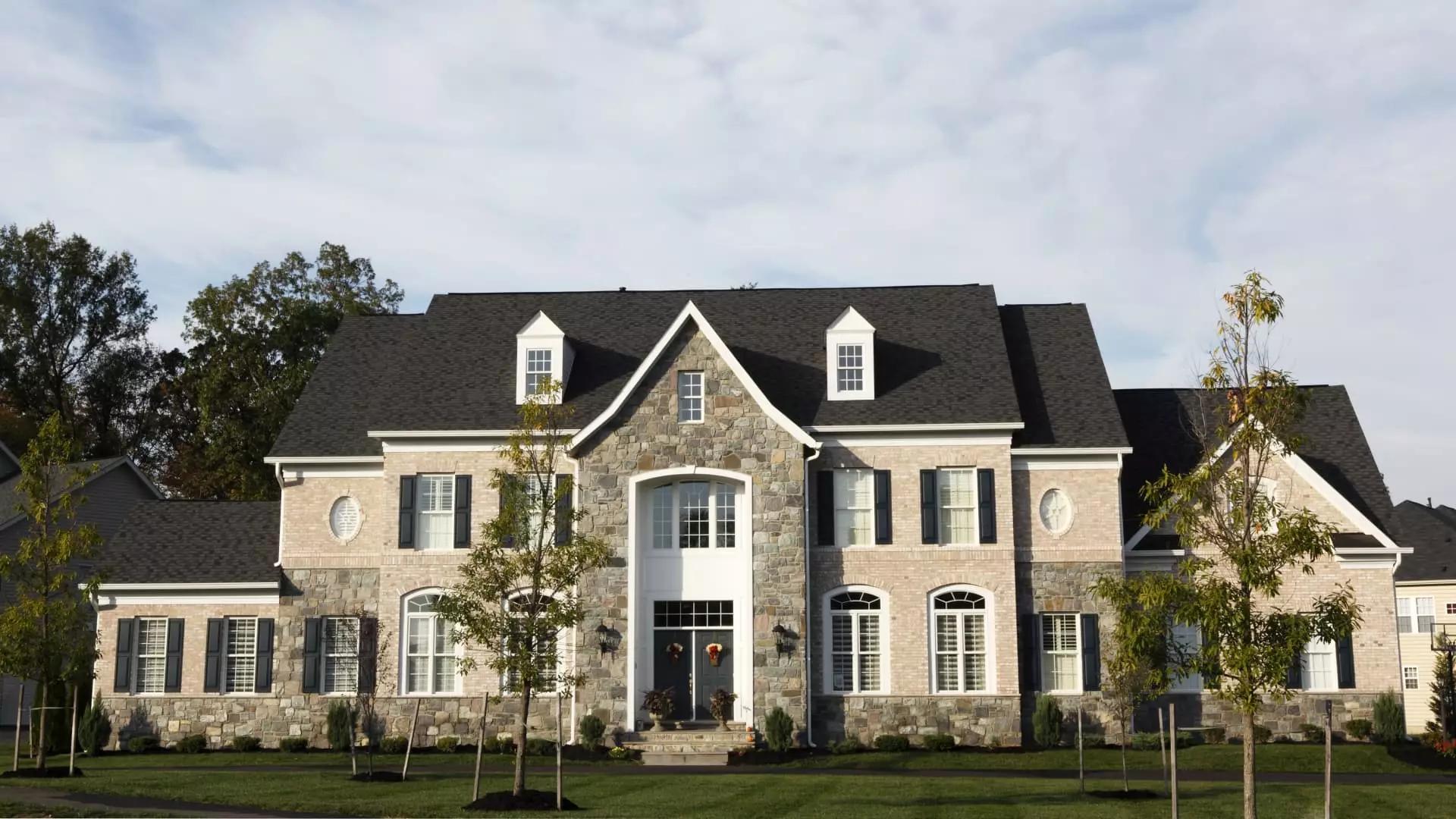In recent years, the American housing market has encountered a perplexing phenomenon: while the number of homes on the market dwindles, an unprecedented volume of housing space remains unoccupied. A report from Realtor.com has unveiled that the number of so-called “extra bedrooms”—defined as bedrooms exceeding the number of individuals residing in a household—has surged to new heights. This metric, tracked by the U.S. Census since 1970, recorded an astonishing 31.9 million extra bedrooms in the most recent count, marking a notable increase from 31.3 million in 2022. Such trends prompt critical analysis of household dynamics and housing development practices over the past few decades.
The Demographic Shift: Smaller Households
A significant factor contributing to this trend is the ongoing decline in household size. Statistics reveal that the average number of people per household fell from 3.1 in 1970 to a mere 2.5 in 2023. As urbanization and lifestyle changes lead to smaller family units, the paradox of having more rooms than residents raises questions about the practicality and desirability of excess space. Ralph McLaughlin, a prominent economist at Realtor.com, indicates that the demand for guest rooms and additional spaces is intertwined with rising home sizes and decreasing household sizes. This signifies a transformation in how Americans view and utilize their living spaces—a shift from shared accommodations to individual comfort.
The term “McMansion,” popularized during the housing boom of the 1980s and 1990s, refers to large, often ostentatious homes that epitomize excess. As builders surged towards larger floor plans, the average number of bedrooms per home climbed from 2.5 in 1970 to 2.8 in 2023, revealing a long-standing preference for spacious living. However, the trend seems to have plateaued over the past decade, chiefly due to factors such as escalating construction costs, a growing emphasis on energy efficiency, and changing consumer attitudes toward environmentally sustainable living. The stagnation of home sizes prompts the question: are these larger homes truly desirable, or merely a result of overbuilding during a bygone era?
Regional Variations in Housing Dynamics
While the data suggests nationwide trends, regional differences paint a more complex picture. Areas in the Mountain West and Southern states often exhibit higher proportions of excess spaces, attributed largely to larger land availability and zoning regulations that enable expansive home designs. In contrast, urban locales—like New York City and Los Angeles—show much lower percentages of extra bedrooms, reflecting the reality of space constraints and higher population density. These regional discrepancies underline the importance of locality in understanding real estate trends, as lifestyle preferences often vary widely based on geographic and urban versus rural contexts.
As these statistics unfold, they raise significant questions about the robustness of the housing market. If extra space is merely a byproduct of consumer habits rather than a genuine preference, this could signal a potential market correction. McLaughlin notes the delicate balance between construction practices and market demand, suggesting that while the excess may not be entirely unwarranted, future housing developments may need to reassess the public’s evolving needs.
The cities with the highest percentages of extra bedrooms—such as Ogden, Utah, and Colorado Springs—contrast sharply with metropolitan areas like Miami and New York, where the surplus is far less pronounced. This discrepancy offers a cautionary tale for developers and policymakers alike, emphasizing the necessity of understanding community needs and preferences in housing jurisdictions.
The growing number of extra bedrooms in American homes reflects broader societal shifts towards smaller households and changing housing preferences. As this trend continues to evolve, it is crucial for all stakeholders—including potential homebuyers, builders, and policymakers—to remain attuned to these changes. Recognizing the implications of rising excess space will guide future decisions to create sustainable housing developments that resonate with the needs of modern families. Ultimately, navigating this complex landscape will shape the future of America’s housing market and influence the lives of millions for years to come.

